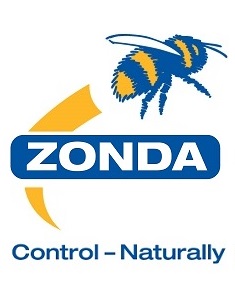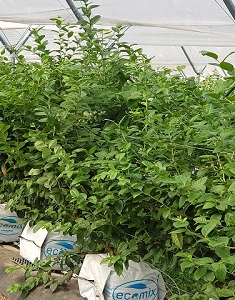Sign up here to subscribe to the Grower2grower Ezine. Every two weeks you will receive new articles, specific to the protected cropping industry, informing you of industry news and events straight to your inbox.
Mar 2019
Army Worm and Bronze Top

Right on cue
ARMYWORM:
Following on from an article I wrote two weeks ago, about the Cabbage White Butterfly, and the “I am expecting to come across the armyworm or cutworm caterpillars which come from moths. I have always found these caterpillars more difficult to eliminate.” Well like it was on que, I have seen them, in numbers, chewing their way through tomatoes. The devastation, from the armyworm, happens very quickly and they can destroy a truss of tomatoes. Hopefully the BT’s (Bacillus thuringiensis) will be eradicating this pest but if not then you will have to use a different chemistry. You should talk to your supplier about the best options available.
Hopefully in the next two months this will be less of an issue, the colder it becomes. Until then it will be another insect to defeat.
BRONZE TOP:
I have heard from several growers they have identified what they believe to be Bronze Top, a virus vectored by thrips to tomato plants. While I am quite sure it is a virus vectored by thrips I am not confident enough to say exactly what type of virus. When I was researching Bronze Top, which I have always known this as, I found an interesting article below which has identified several relatives of the TSVW which have caused growers issues in recent years in Florida. If you are interested it is worth reading- but not before bedtime as I don’t want growers to have nightmares.
Considering the number of thrips I have witnessed this summer, you are possibly wondering about the whitefly. It has certainly been well contained at the properties I visit. There are several properties with unwanted populations but not as many as previous seasons. Psyllids and plants infected with Psyllid Yellows is another I have not encountered as yet. From previous experience, Psyllids still pose a very real and potential threat up until the official beginning of winter.
There is, absolutely without doubt, one chemical that has been superb in controlling whitefly and it does have control over other pests which is an added bonus. While it is absolutely fantastic that growers have this product available, it is no secret we are genuinely short of other options that have the same 100% effectiveness. Other products still work well and should be used in a combined programme to combat insect pests. What I would really hate to see is a resistance build up and then we are back to square one. Some growers are using programmes with different products which is fantastic, and it is great to see many natural products, with minimal or no withholding periods, incorporated into grower’s pest eradication programmes.
I appreciate your comments. Please feel free to comment below or on the grower2grower Facebook page:
https://www.facebook.com/StefanGrower2grower/
Article Written by Stefan Vogrincic, Consultant, Grower2Grower
Article Edited by Marie Vogrincic, Editor, Grower2Grower
CLASSIFIED
Subscribe to our E-Zine
More
From This Category
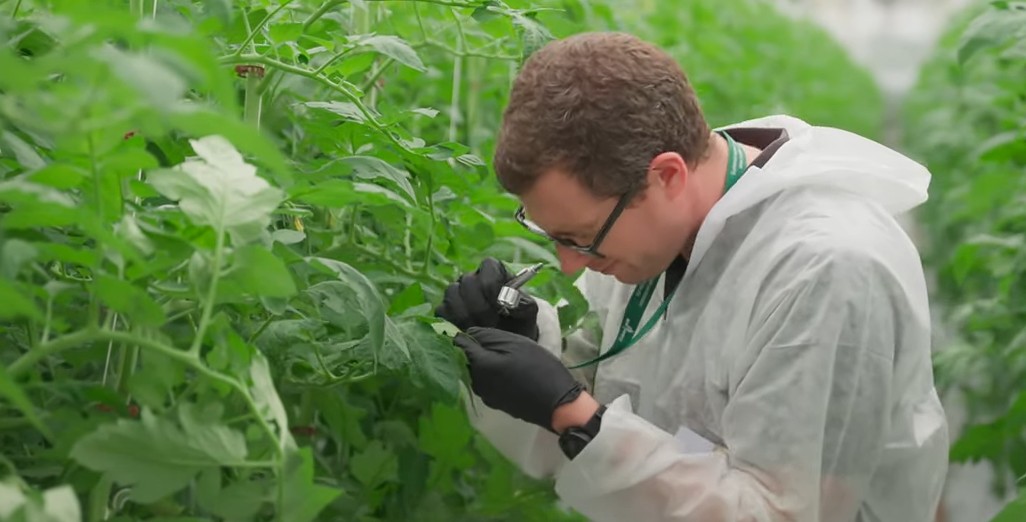
Have your say and go in to win (ALT)
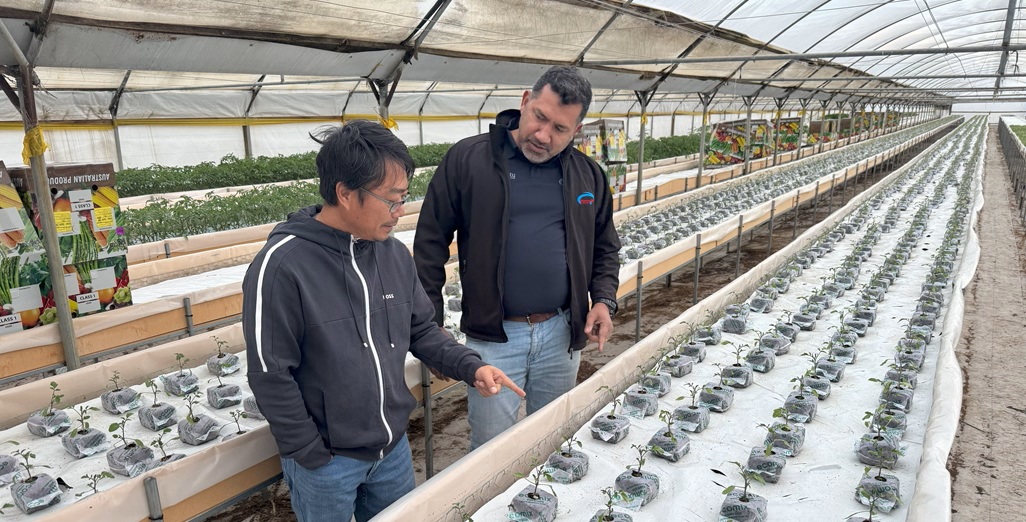
Visit to Ecomix Headquarters in Melbourne

Australian horticulture’s $1 billion annual productivity opportunity
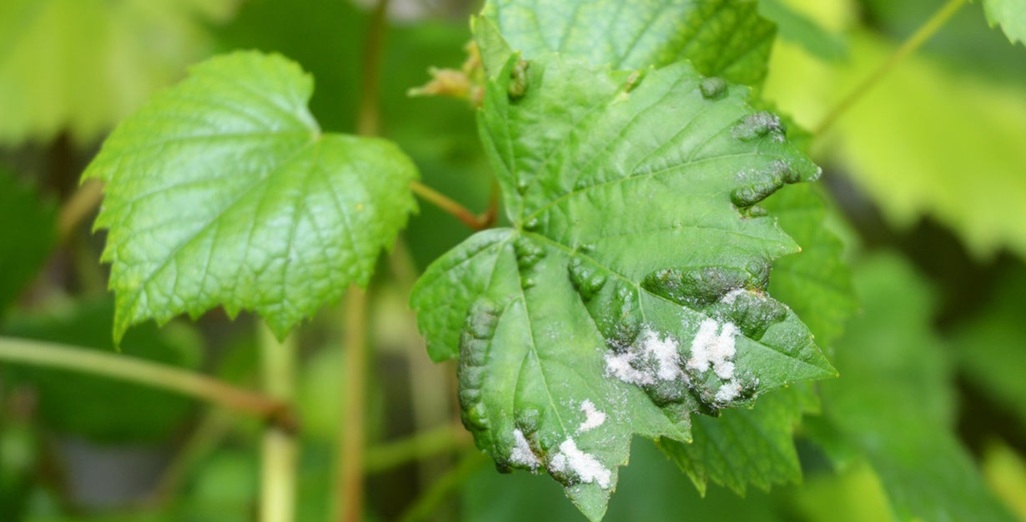
Powdery Mildew: EPA approves Rhapsody, a fungicide containing 218 g/L ipflufenoquin, a chemical new to New Zealand

Calling on suppliers to do the right thing (Hygiene)













